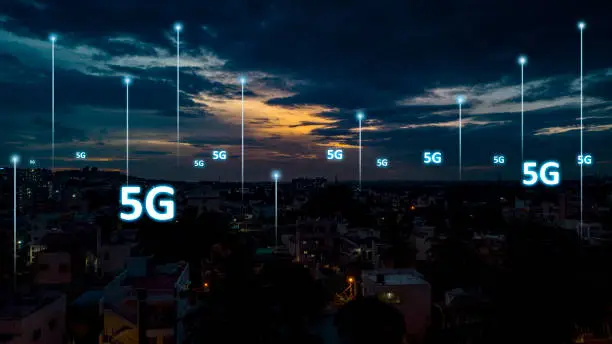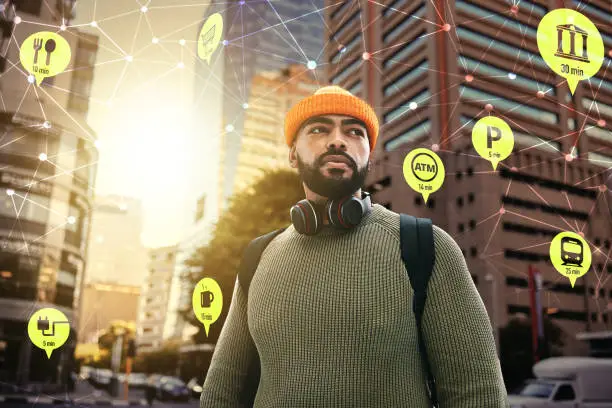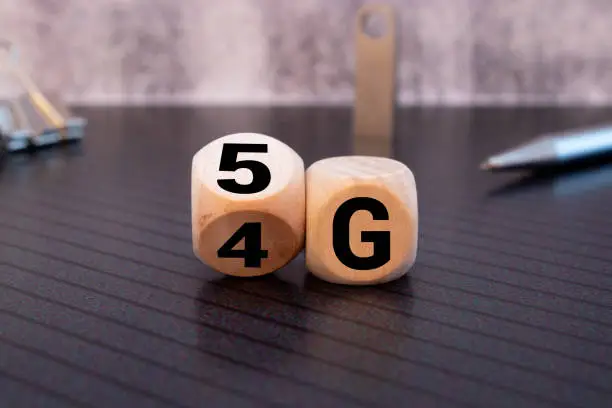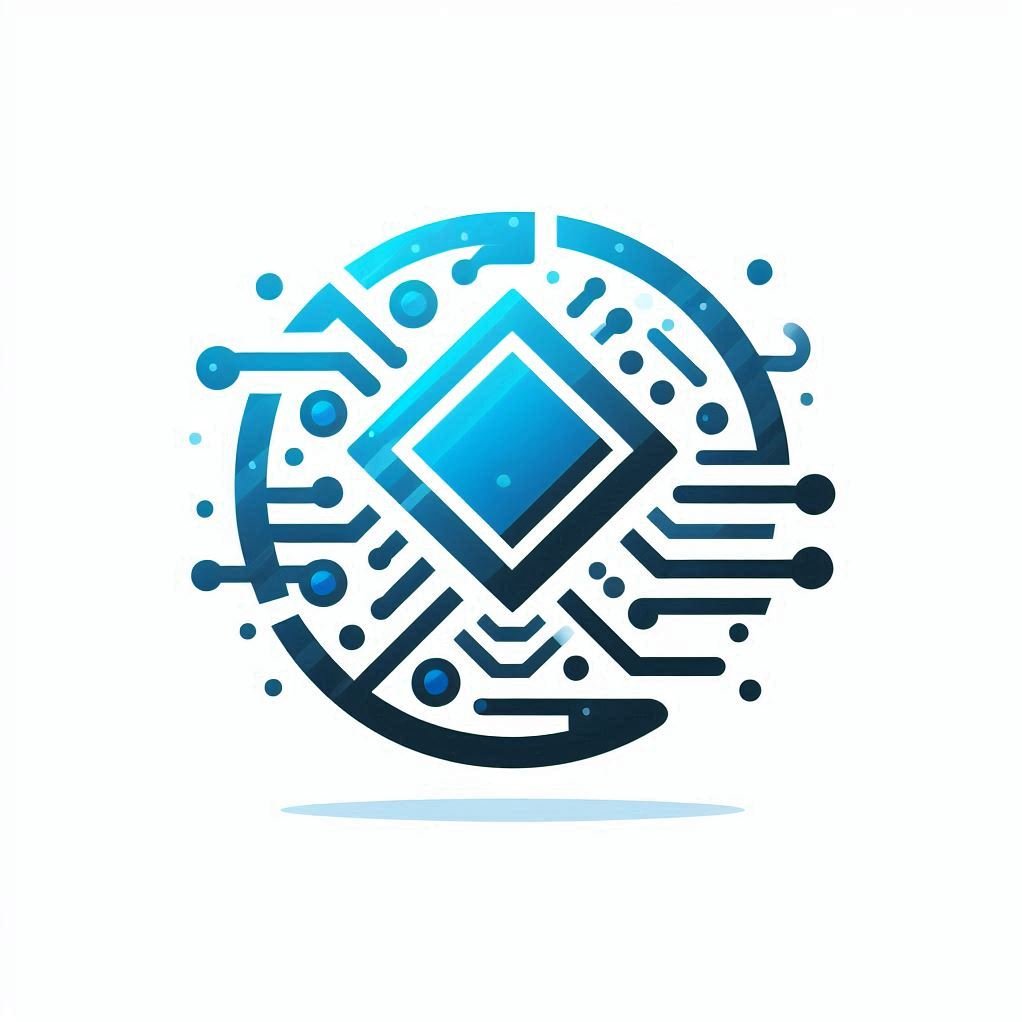Introduction
The 5G of wireless technology is poised to revolutionize the way we connect, communicate, and interact with the digital world. Offering unprecedented speed, reduced latency, and the ability to connect a multitude of devices simultaneously, 5G technology is set to transform industries, enhance user experiences, and drive innovation.
Understanding 5G Technology

What is 5th generation Technology?
- 5G technology is the latest iteration of cellular technology, designed to provide faster speeds, greater capacity, and improved reliability compared to its predecessors.
- It operates on higher frequency bands, allowing for more data to be transmitted in a shorter period.
Key Features
- Enhanced Speed: 5th generation technology can deliver speeds up to 100 times faster than 4G, enabling quicker downloads and seamless streaming.
- Low Latency: With latency as low as 1 millisecond, 5G technology supports real-time applications like autonomous driving and remote surgery.
- Increased Capacity: 5th generation technology can support a higher number of devices per square kilometer, making it ideal for densely populated urban areas.
Applications of 5G Technology

1. Enhanced Mobile Broadband: 5th generation provides faster download and upload speeds, enabling high-quality video streaming, virtual reality experiences, and seamless online gaming.
2. Internet of Things (IoT): 5th generation low latency and high reliability connect numerous IoT devices, facilitating smart cities, automated homes, and intelligent transportation systems.
3. Healthcare: 5th generation supports telemedicine, remote surgeries, and real-time patient monitoring, improving healthcare access and efficiency.
4. Autonomous Vehicles With 5G, autonomous vehicles can communicate with each other and infrastructure, enhancing safety and traffic management.
The Evolution of 5th generation Technology

- The fifth generation of mobile network technology, known as 5G, represents a significant leap forward in connectivity.
- This new standard promises faster speeds, lower latency, and greater capacity, transforming how we interact with the digital world.
The Journey to 5G The evolution of mobile networks has seen a steady progression:
- 1G: Introduced in the 1980s, 1G brought the first analog voice communication.
- 2G: In the 1990s, 2G introduced digital voice and text messaging.
- 3G: Early 2000s saw the advent of 3G, enabling mobile internet access and multimedia messaging.
- 4G: Launched in the 2010s, 4G brought high-speed internet, making streaming and real-time applications feasible.
The Benefits of 5th generation Technology

Faster Internet Speeds
- 5th generation provides significantly faster internet speeds compared to its predecessors.
- This improvement means quicker downloads, smoother streaming, and more efficient online gaming experiences.
Ultra-Low Latency
- One of the standout features of 5th generation is its ultra-low latency.
- This near-instantaneous data transmission is crucial for applications requiring real-time feedback.
Enhanced Connectivity for IoT
- 5G’s high capacity supports the seamless interconnection of numerous IoT devices.
- This capability is essential for developing smart cities.
- where interconnected devices optimize traffic management, energy use, and public safety.
Challenges in Implementing 5G Technology

Infrastructure Development
- Building and maintaining the extensive infrastructure required for 5G deployment is a significant challenge.
Security Concerns
- Ensuring robust security measures to protect against potential cyber threats is crucial as more devices become interconnected.
Global Adoption
- Widespread adoption of 5G technology will require collaboration between governments, industries, and tech providers.
The Future of 5G Technology

Innovations Driven
- 5G technology is expected to drive innovations across various fields, including augmented reality (AR), virtual reality (VR), and the Internet of Things (IoT).
- These advancements will lead to new products, services, and experiences that were previously unimaginable.
5G Technology and Beyond
- As 5th generation technology continues to evolve, research is already underway for the next generation of wireless technology, known as 6G.
- This future technology promises even greater speeds, lower latency, and more advanced capabilities.
Conclusion:
The advent of 5G technology marks a new era in connectivity, offering unparalleled speed, reliability, and capacity. By understanding the potential and preparing for its implementation, both businesses and consumers can harness the full power of 5G technology to drive innovation, enhance experiences, and shape the future. As we stand on the brink of this technological revolution, the possibilities are limitless, and the impact will be profound.
